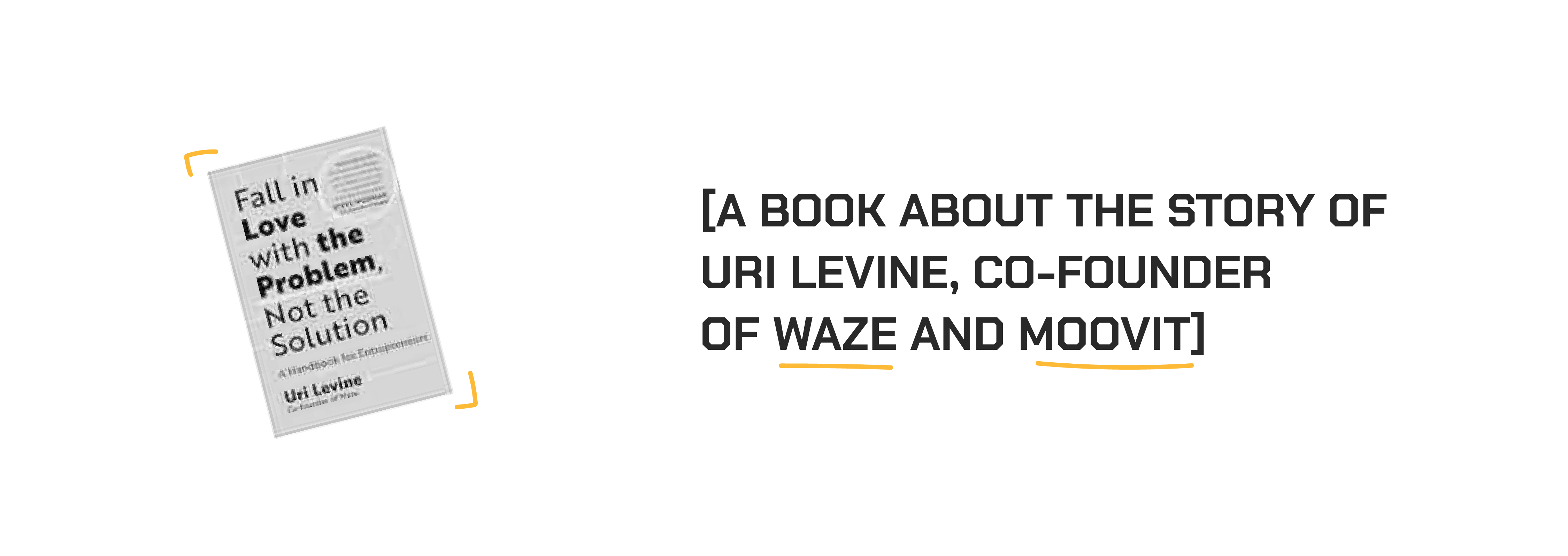
 Igor Fontenele
Igor Fontenele

Ryan Oliveira
2 de julho de 2024
There are four main types of cloud computing: private cloud, public cloud, hybrid cloud, and multicloud. Additionally, there are three main types of cloud computing services: Infrastructure as a Service (IaaS), Platform as a Service (PaaS), and Software as a Service (SaaS).
The type of cloud or cloud service you should use is a personal choice. No cloud is the same as another, even when they are of the same type. Similarly, no two cloud computing services are used to solve the same problem. However, by understanding their similarities, you will be better informed about how the limitations of each type of cloud and services can affect your business.
Every cloud extracts, pools, and shares scalable computing resources over a network. They also enable cloud computing, which is the execution of workloads within this system. Clouds are created using a unique combination of technologies, almost always including an operating system, some type of management platform, and application programming interfaces (APIs). Additionally, it is possible to add virtualization and automation applications to all types of clouds to include more resources or achieve greater efficiency.
In the past, the difference between public, private, hybrid, and multiclouds was easily defined by their location and ownership. However, this is no longer so simple. Below are their differences and some observations.
Public clouds are cloud environments typically created on IT infrastructure not owned by the end user. Some of the largest public cloud providers are: Alibaba Cloud, Amazon Web Services (AWS), Google Cloud, IBM Cloud, and Microsoft Azure.
Traditional public clouds were run off-premises. However, nowadays, cloud providers offer services in customers' on-premises data centers. As a result, location- and ownership-based distinctions have become outdated.
All clouds become public when environments are partitioned and redistributed to multiple tenants. Fee charging is no longer an essential feature of public clouds. Some cloud providers, like Massachusetts Open Cloud, allow tenants to use them for free. The bare-metal infrastructure used by public cloud providers can also be extracted and sold as IaaS or developed and marketed as PaaS.
Private clouds are generally defined as cloud environments dedicated to a single end user. The environment is usually run behind that user’s firewall. All clouds become private when the underlying IT infrastructure is dedicated, and the customer has fully isolated access to it.
However, private clouds no longer need to be based on on-premises IT infrastructure. Nowadays, organizations are creating private clouds in leased data centers located off-premises. Thus, all rules about location and ownership are obsolete. This has also led to several subtypes of private clouds, including:
Managed Private Cloud
Customers create and use a private cloud deployed, configured, and managed by a third-party vendor. Managed private clouds are an option for companies with few employees or IT teams without the necessary qualifications to provide suitable private cloud infrastructure and services.
Dedicated Cloud
A cloud within another. It is possible to have a dedicated cloud within a public cloud or a private cloud. For example, you can deploy a dedicated cloud for the accounting department within the organization’s private cloud.
Hybrid cloud is a seemingly single IT environment created from multiple other environments connected by local area networks (LANs), wide area networks (WANs), virtual private networks (VPNs), and/or APIs.
Hybrid cloud characteristics are complex, and requirements can vary depending on who you ask. For example, a hybrid cloud may need to include:
But any IT system becomes a hybrid cloud when applications can move across multiple different, but connected, environments. At least some of these environments must originate from consolidated IT resources that can be scaled on-demand. All these environments need to be managed as one through an integrated management and orchestration platform.
Multicloud is an approach composed of more than one cloud service and vendor, either public or private. All hybrid clouds are multiclouds, but not all multiclouds are hybrid clouds. Multiclouds become hybrid clouds when multiple clouds are connected by some form of integration or orchestration.
A multicloud environment can exist purposefully (for better control of sensitive data or as redundant storage space for enhanced disaster recovery) or accidentally (usually as a result of shadow IT). Certainly, having multiple clouds is becoming more common among companies seeking to improve security and performance in an expanded portfolio of environments.
Cloud services consist of infrastructure, platforms, or software hosted by third-party vendors and made available to users via the internet. There are three main types of "as a service" solutions: IaaS, PaaS, and SaaS. Each facilitates the flow of user data from front-end clients to the provider's systems and back via the internet. However, what is offered varies.
In an IaaS solution, a cloud service provider manages the infrastructure for you (physical servers, network, virtualization, and data storage) using an internet connection. The user can access it through an API or dashboard and essentially rents the infrastructure. The user manages components like the operating system, applications, and middleware, while a provider supplies the hardware, network, hard drives, storage, and servers, also being responsible for fixing outages, making repairs, and solving hardware issues. This is the typical deployment model for cloud storage providers.
In a PaaS solution, the hardware and an application platform are offered and managed by an external cloud service provider, but the user is responsible for taking care of the applications running on the platform and the data they rely on. Mainly for developers and programmers, a PaaS solution provides users with a shared cloud platform for developing and managing applications (an important component of DevOps) without them needing to build and maintain the infrastructure usually associated with these processes.
A SaaS solution is a service that delivers an application managed by the cloud service provider to users. Typically, SaaS applications are web or mobile applications that users can access through a browser. Updates, bug fixes, and other general software maintenance tasks are performed by the user, who connects to the cloud applications via a dashboard or API. The SaaS solution also eliminates the need to install the application locally on each user's computer, allowing better collective access methods (by groups or teams) to the software.
It depends on the task you want to accomplish.
This is a complex question.
This is another complex question.
This depends on how you want to invest your money. Do you want to incur capital expenses (CapEx) or operating expenses (OpEx)? This is the classic question of vertical scaling versus horizontal scaling.
Tucupy is the ideal partner for your cloud journey. As a software company with extensive experience, we understand the complexities and specific needs of each business when migrating to and operating in the cloud. Here are some reasons to choose Tucupy:
Choosing Tucupy means opting for a partnership that not only facilitates cloud migration but also maximizes your productivity and security in the cloud environment. We are here to help you achieve your goals with effective and reliable cloud computing solutions.
Get in touch to ask questions or request our services.